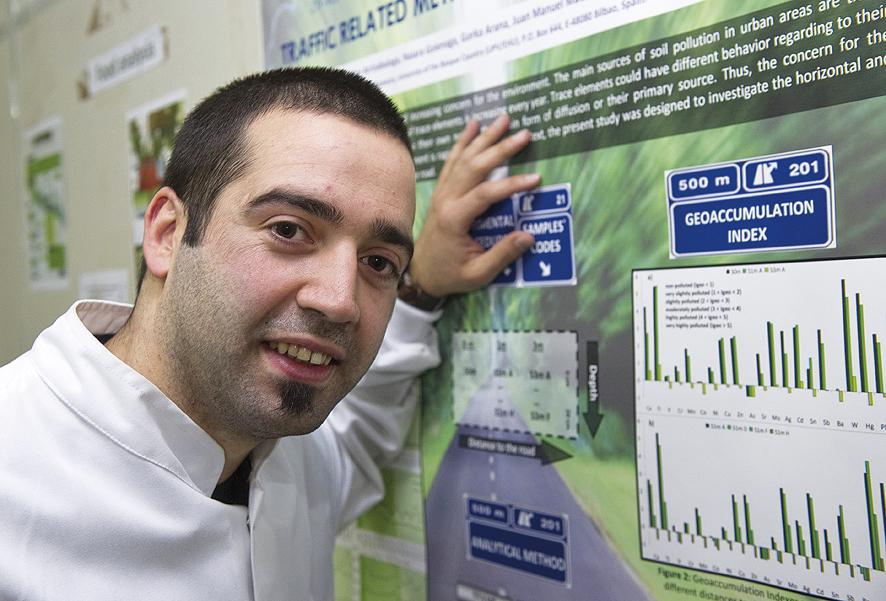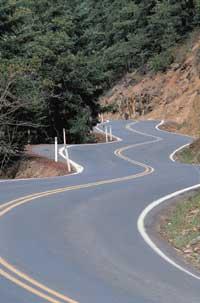Traces of cars above the asphalt
2012/04/01 Elhuyar Zientzia Iturria: Elhuyar aldizkaria

Chemist José Antonio Carrero, in his thesis defended in the UPV, has investigated the impact of the metals emitted by the vehicles on the surrounding soils.
In the case of soils near highways of high antiquity, the accumulation of metals associated with traffic is especially high in the upper layers. "The longer the road takes, there is the question. There is a depth concentration gradient in the older roads, while in other areas it has not been enough time for this accumulation to occur," explains the researcher.
Among the metals emitted by the road traffic, lead is the best known; although the use of gasoline with lead was banned a little more than a decade ago, this pollutant remains attached to the margins of the roads. But even though this metal is very toxic, Carrero has found that there are others that can be more harmful to the environment because they are more soluble and are easier to pass to deeper layers of the soil. Highlights the barium and zinc: "The discharges to the road are due to deterioration of tires or brakes and are deposited in upper layers in the form of oxide, with reduced mobility. However, it has been observed that they react with atmospheric CO 2 forming carbonates, which are more soluble and even permeable. In fact, we have found a high concentration of carbonate in the deepest layers."

Gai honi buruzko eduki gehiago
Elhuyarrek garatutako teknologia




